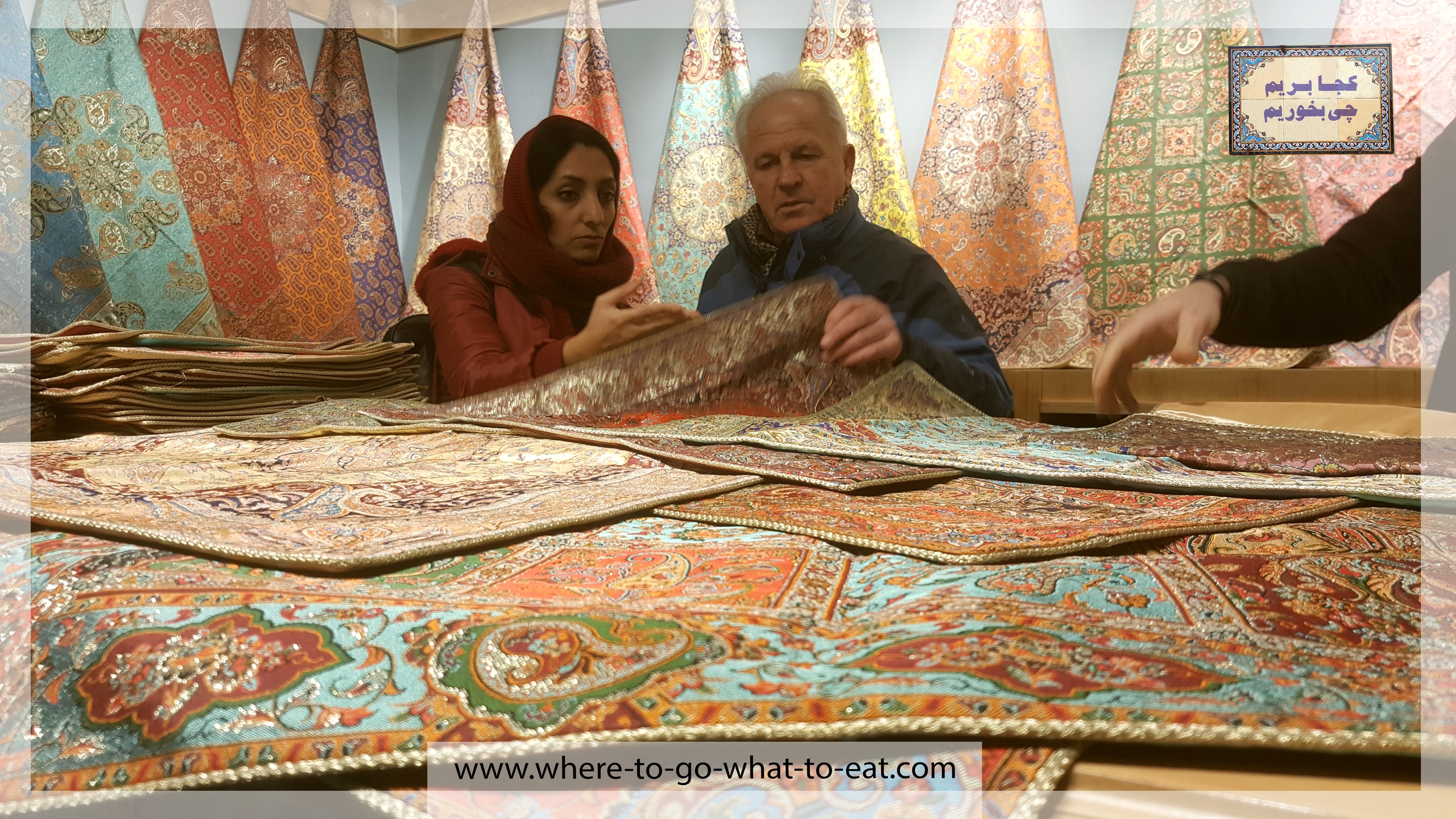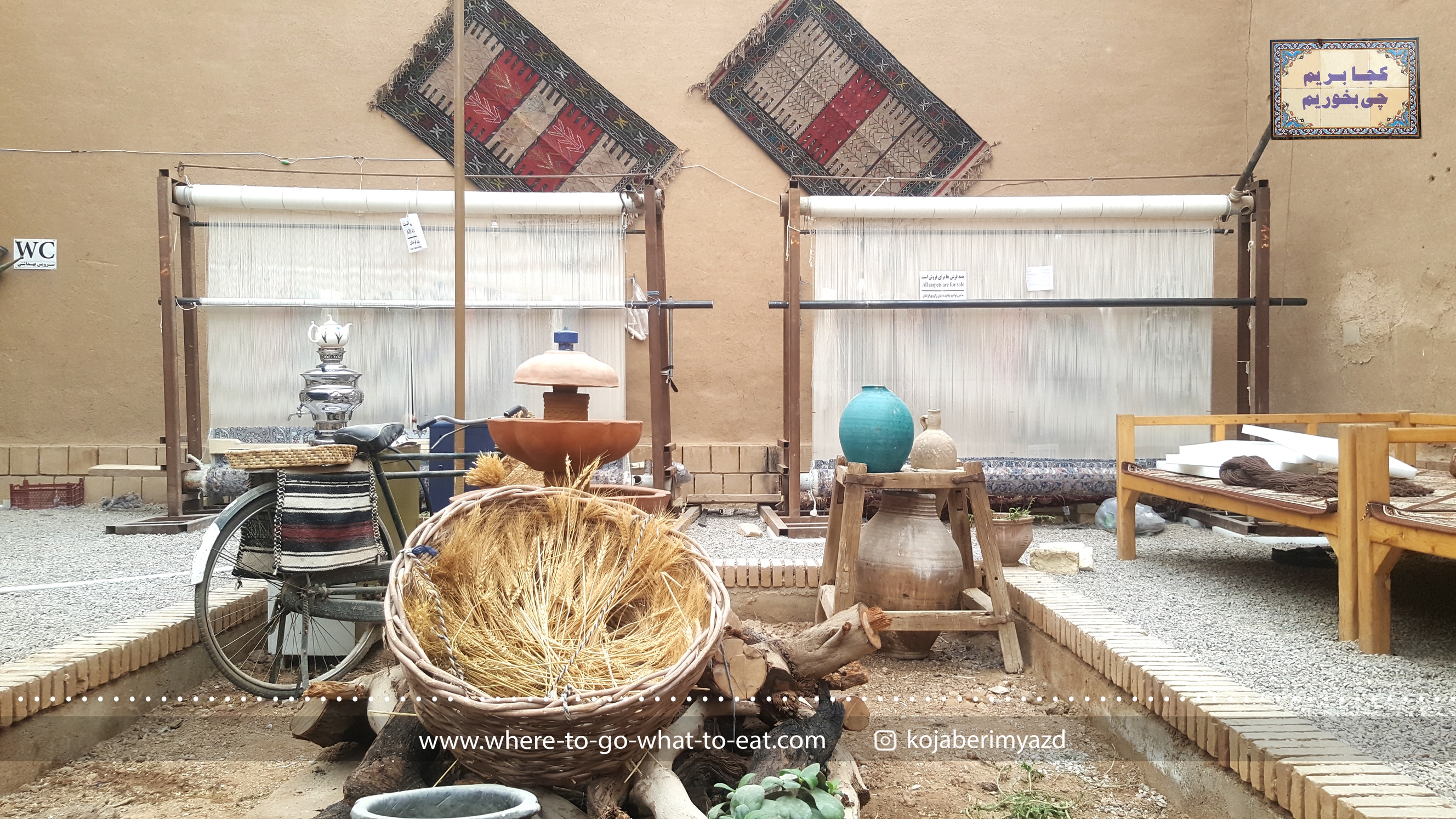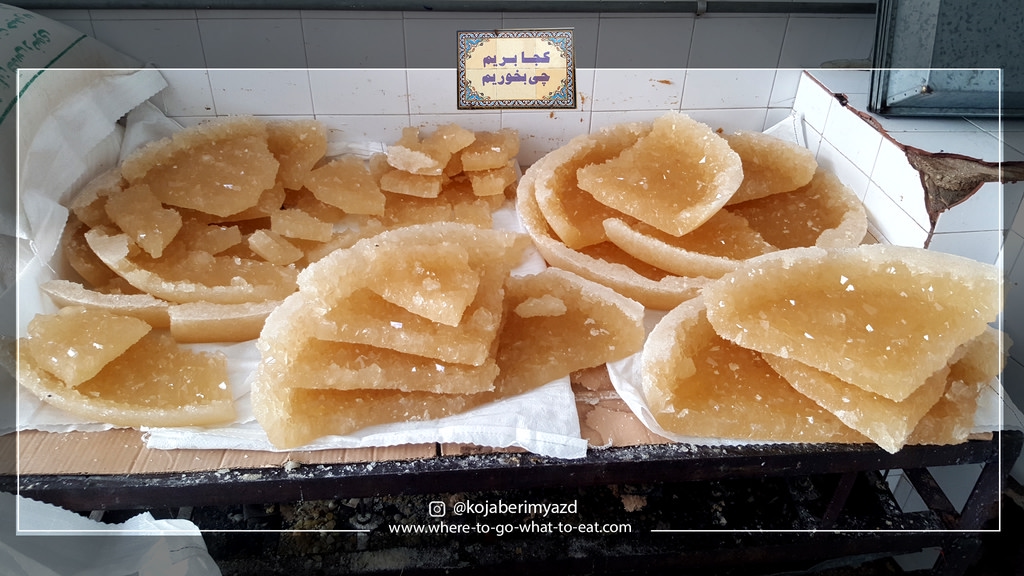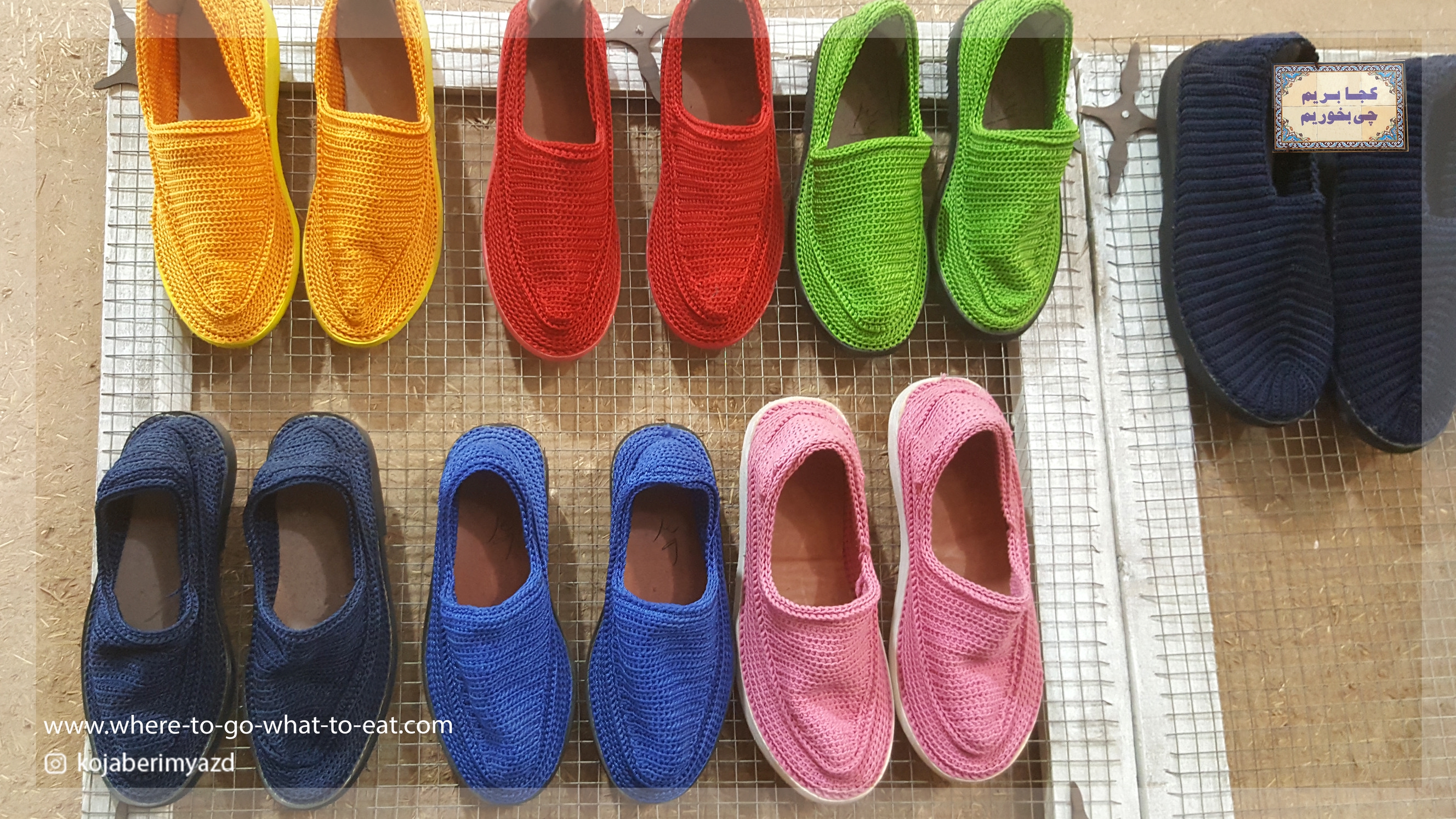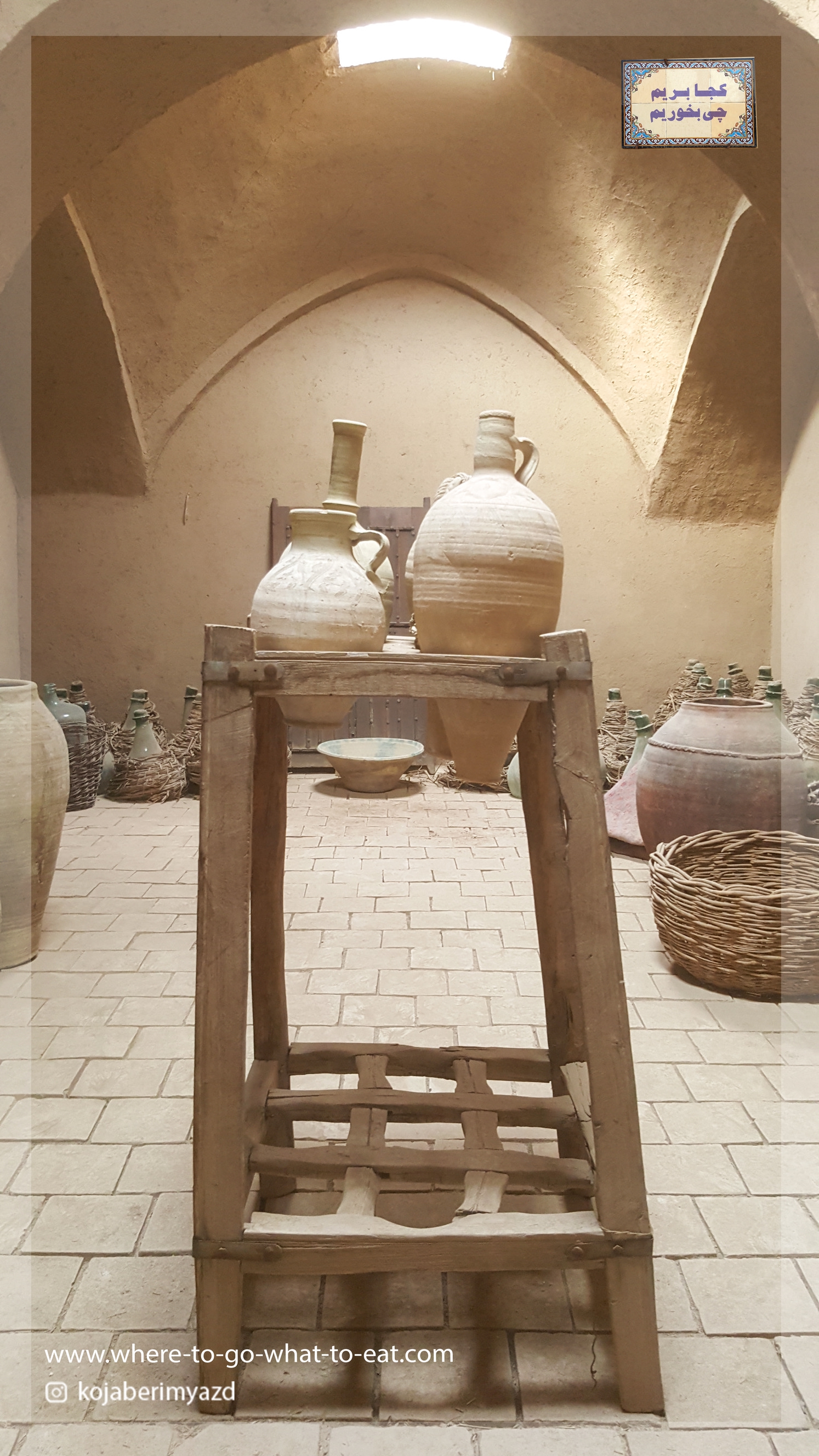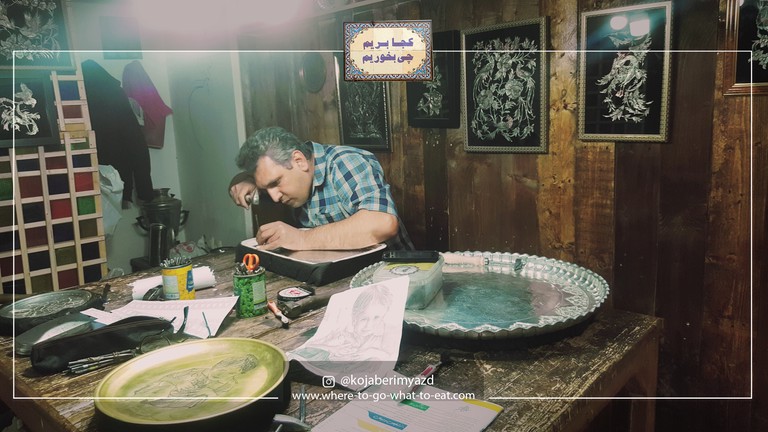
قلم زنی روی مس
مس یکی از صنایع دستی یزد
قَلَمزنی عبارت است از تزیین و کندن نقوش بر روی اشیای فلزی به ویژه مس، طلا، نقره، برنج یا به عبارت دیگر ایجاد خطوط و نقوش به وسیله قلم با ضربه چکش و بر روی اجسام فلزی. قلمزنی یکی از رشتههای هنرهای سنتی ایران است که در دستهبندی، در رده هنرهای صناعی و در گروه فلزکاری قرار دارد. قلمزنی روی مس. ساختن اشیاء با فلز مس، برنج، نقره و… به روش سرد را «دواتگری» گویند، این هنر با سابقه چندین هزار ساله خود؛ در دوران هخامنشیان رواج یافت و در دوره ساسانیان به اوج خود رسید.
امروزه برای قلمزنی نخست داخل یا زیر ظرف یا سینی مورد نظر را که معمولاً از جنس نقره یا طلا است از محلول قیر و گچ پر میکنند تا سروصدای قلم کمتر به گوش برسد و همچنین مانع از سوراخ شدن ظرف در حین کار شود. سپس نقش مورد نظر را روی ظرف رسم کرده و قلم مناسب را انتخاب کرده و روی سطح ظرف قرار میدهند و با چکش بر انتهای قلم میکوبند تا شیارها و نقشها با تغییر شدت ضربه روی ظرف ایجاد شوند.
Copper engraving
Copper is one of the handicrafts of Yazd
Sculpture is the adornment and removal of motifs on metal objects, especially copper, gold, silver, brass, or, in other words, the creation of lines and motifs by brush with a hammer and on metal objects. Engraving is one of the traditional Iranian arts that falls into the category of synthetic arts and metalworking. Heart on copper. Making objects made of copper, rice, silver, and so on is called "Dautgari" in a cold way. This art, with its many thousands of years of history, became popular in the Achaemenid era and reached its peak in the Sassanid era.
Nowadays, for the first etching, fill the inside or under the container or tray, usually of silver or gold, with bitumen and gypsum to reduce the noise of the brush and prevent the container from piercing during operation. Then draw the desired role on the container and select the appropriate pen and place it on the surface of the container and hammer the end of the pen to create grooves and roles by varying the intensity of impact on the container.


